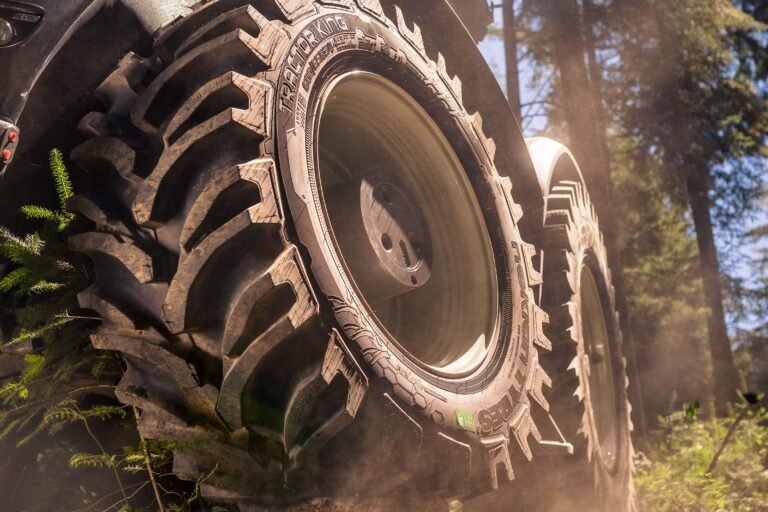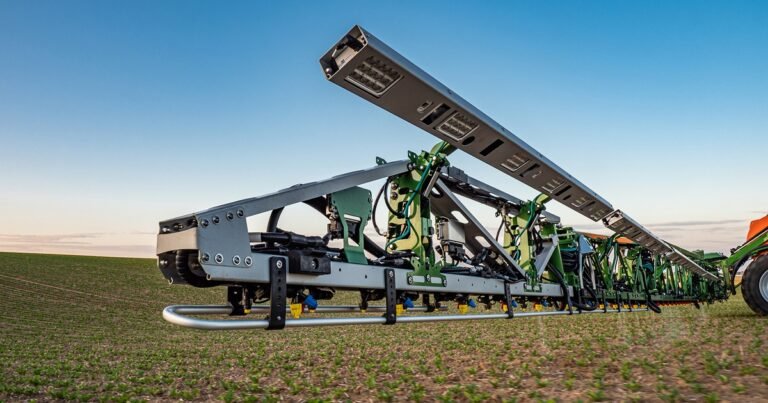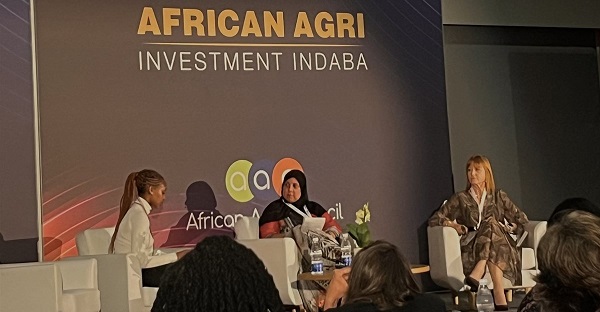Smart spraying technologies are continuing to evolve, and technologies that were considered visionary only a few years ago have already been proven ready for practical application.
Today high-technology sprayers are often considerably more expensive than conventional ones, but smart spraying is rapidly gaining ground.
Smart spraying is becoming increasingly attractive
There are various reasons for the increasing appeal of these technologies.
- An important advantage is cost efficiency due to the savings in crop protection inputs. Not only is consumption reduced, but the effectiveness of the crop protection measures is also increased.
- Lower consumption of chemical crop protection products brings farmers closer to the European Commission’s goal of halving the use of these products by 2030.
- As crop protection products are applied in a targeted and precise manner, fewer chemicals are released into the environment, with only affected areas being sprayed.
- Finally, the smart spraying protect crops and strengthen their vitality. With fungicides and insecticides, there are fewer overlapping areas at the headland, while with liquid fertilizers, more precise application reduces “burning” of crops.
Critical cornerstone of “Green Productivity”
All the latest applications and variants of smart spraying technologies will be on display at Agritechnica 2023 this November. The exhibition program will be complemented by a technical program with Expert Stages and the special show “DLG Spotlight Smart Farming” in Hall 9, Stand B06, where the topic of smart spraying will be examined in detail.
Digitally assisted application of crop protection products is therefore an important sub-theme of the trade fair’s main theme of “Green Productivity”..
Pulse width modulation as a key enabling technology
Variable Rate Technology (VRT) allows smart spraying systems to automatically adjust the application rate of crop protection products depending on the level of infestation or weed density in a particular area. This results in optimized distribution of chemicals across the entire field.
Many smart spraying applications use pulse width modulation (PWM) to electrically controll the nozzle valves on the boom of the crop protection sprayer, which are switched on and off up to 50 times per second. Each nozzle has the same spray pressure and droplet spectrum, thus PWM adjusts the application rate, like changing the nozzle size during spraying.
Due to the short opening times at constant frequency, the flow rate can be controlled and varied precisely and each nozzle adjusted individually. This is an advantage not only for pinpoint application, but also when cornering, where PWM keeps the quantities on the inside and outside of the turn constant and prevents over- and under-dosing. At the headland, the individual nozzle control reduces gaps or double applications in the case of fields that do not converge at right angles, and when accelerating, the same application rate is applied with the same droplet spectrum, while at slower speeds, for example on slopes, there is no incorrect metering.
Direct feed
Direct feed, in which the crop protection agent is only added to the water just before it reaches the spray nozzle, is another interesting technology for the targeted, environmentally friendly application of crop protection agents.
Its advantages are compelling: the tank does not have to be cleaned and there are no mixed waste quantities. In addition, with the right technical equipment, different crop protection products can be applied to specific areas as required.
First generation direct-feed systems have not been able to gain acceptance due to demanding cleaning and delays in long spray lines But new solutions promise to solve these problems and enable flexible, on-demand application of crop protection agents.
Spraying on demand
Through site-specific or pinpoint application, the use of herbicides and liquid fertilizers can be significantly reduced. The crop is protected and indeed strengthened, as the application rate is based only on actual needs. In addition, there is environmental benefit, as the areas free of weeds and disease are not treated.
The spraying pattern can be determined in advance, using satellite or drone imagery to generate treatment maps, or dynamically in the field in real-time, through high-resolution cameras, image recognition and artificial intelligence (AI).
Create application maps with drones
Many field sprayers can already use application maps, increasing the dosage to control weed nests, for example. However, satellite-based application maps are often too coarse for this, making targeted crop protection measures difficult or impossible.
The answer to this is drones flying low over the crop, equipped with high-resolution hyperspectral cameras optimized for weed detection. The images are evaluated and an application map created that shows the field sprayer where to start and stop.
Multispectral camera systems can also identify plant diseases but, as the drone flight and the evaluation of the imagery are additional work steps, costing time, this can make timely crop protection more difficult.
Site-specific application of liquid fertilizer can also take advantage of predetermined and dynamic mapping methods, with application determined by yield maps or in real-time using nitrogen sensors.
Real-time weed detection
Where the spraying map is generated by a service provider, the required drone imagery, satellite data and recordings from the tractor must be transferred over the internet and processed in the “cloud”, which takes time.
However, if the spraying system itself has sufficient processing capacity, new options are presented. High-resolution cameras and sensors can be analyzed by AI-based algorithms on powerful on-board computers, enabling, for example, the detection of weeds in real time as the sprayer passes them, which are then treated directly. This high precision in individual plant detection and treatment enables significantly reduced herbicide use.
While any smartphone can already distinguish between individual weeds and crop plants, , doing the same in a field in real-time places high demands on the processing systems, which only increases with travel speed.
Intelligent algorithms can already detect almost any weed, even if it has only just emergedbut these are only treated when a predefined number of weeds per unit area is exceeded and the expected cost of the crop losses exceed the cost of the treatment. One significant challenge remains however, in distinguishing weeds and cereal plants, where some development work is still needed.
Focus on low-vibration spray booms
Weed detection sensors are mounted on the spray boom, which, in order to maximize weed detection performance as well as maintaining a consistent distance between the sprayer nozzle and the ground, must be smoothly and accurately positioned.
This requires active boom guidance and vibration damping to ensure a smooth boom position under difficult terrain conditions and at high travel speeds, despite ever increasing working widths. Oscillations must be avoided not only vertically but also horizontally, i.e. in or against the direction of travel, as this has a particularly strong impact on the accuracy of distribution.
Further development of boom technology will thus play a central role when it comes to further reducing application rates, while maintaining precision and reliability.
Agritechnica 2023: Showcase for latest smart spraying technology
Crop protection technology is becoming increasingly important and not only due to the impact of ever greater precision, up to pinpoint accuracy. This is because spraying needs to be even more targeted in the face of rising costs, increasing political limitations and social resistance to the blanket usage of crop protection.
In the foreseeable future, smart-spraying technologies will be used in practice to keep the area treated to a minimum and to apply crop protection products only where they are needed.
Agritechnica 2023 will reflect the full breadth of these technologies and offer visitors the unique opportunity to gain a comprehensive picture of the state of the art.
Also Read
FRUIT LOGISTICA offers exhibitors various chances to shine
Boost for African agriculture and food production



